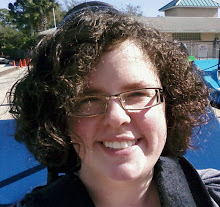How is dialog created?
- business/closed conversation with "L" shaped pieces
- used the idea of 2, two skewers on each other, two bristol boards on each side
- abstract/busy chatter
How is a sense of space/place defined?
- positive/negative space
- uses openness/closeness to create space
- uses cards rather than skewers to define space
How is the idea of system generated?
- uses curves/straight edges to create system
- flows creating somewhat of a system with movement
How does the joinery support the project concept/strategies?
- uses skewers to stabilize and hold together
- breaks or curves in skewers
How is scale utilized in the project?
- larger on one side, represents conversation with talker/listener
- small spaces are scaled to intertwine and be even
- open/closed relativity
How do two-dimensional images add to the understanding of the project?
- shows details of structure
- gives appearance, but draws eye to understand more
How did the initial project idea evolve?
- began thinking about conversation literally and then became more abstract
- refined unity project




















































